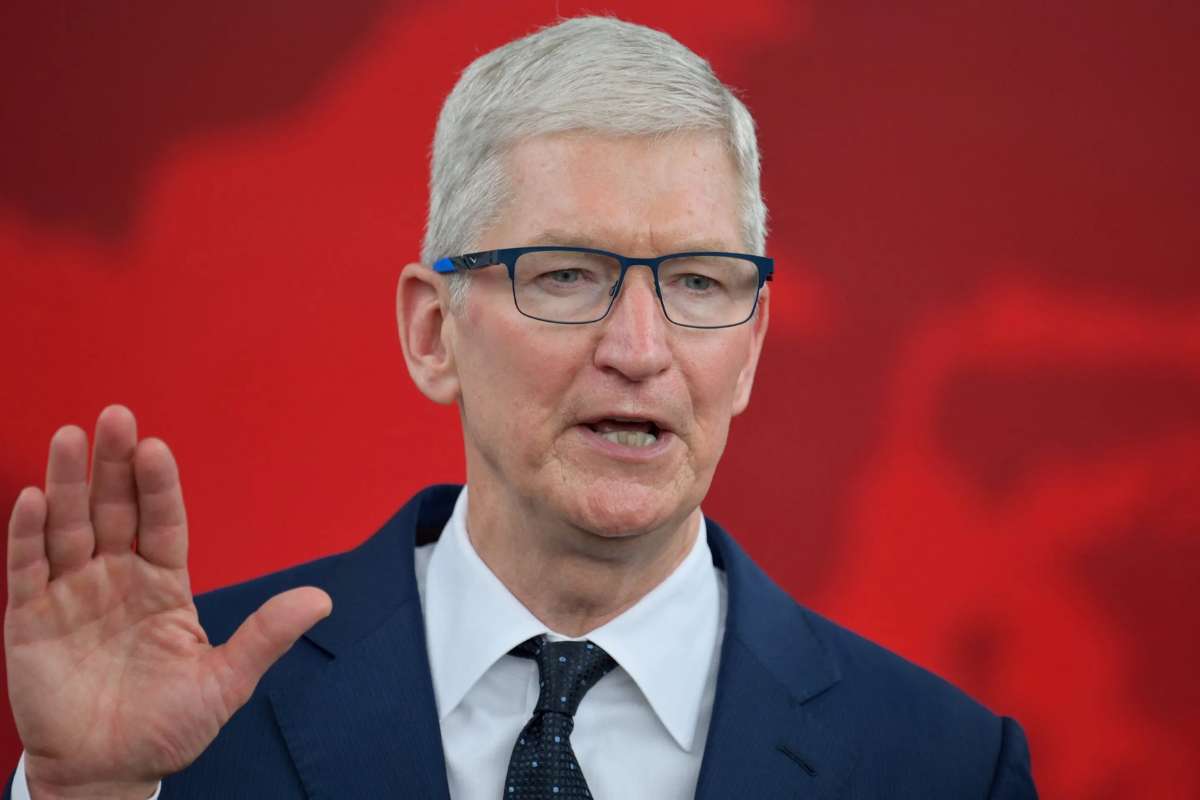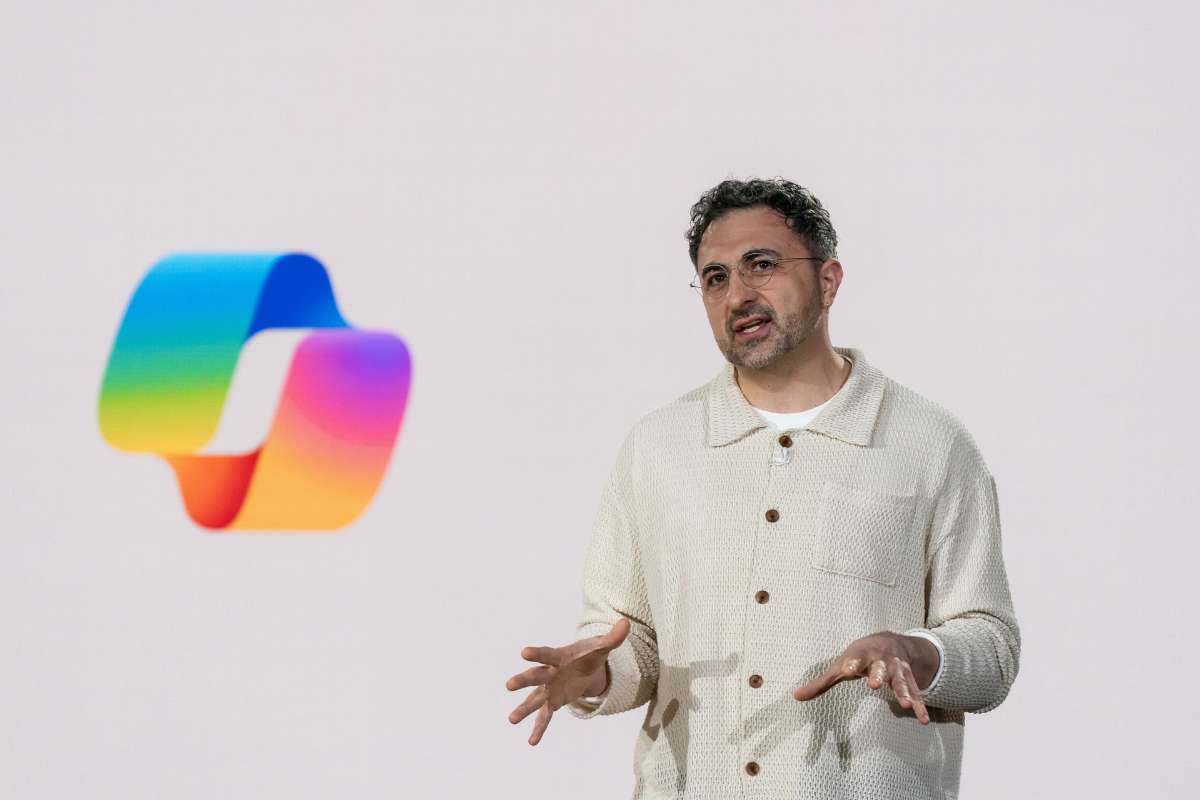In 2016, NBA superstar LeBron James reportedly invested $1.5 million annually into a biohacking regimen that includes cryotherapy, red light therapy, hyperbaric oxygen chambers, and a meticulously tailored sleep and nutrition plan. This is a glimpse into the future of athletic performance.
In order to push human boundaries, athletes and teams are combining biology, technology, and data in the realm of sports biohacking. Biohacking involves optimising physical and mental performance through science-backed strategies like personalised nutrition, advanced recovery techniques, and cognitive enhancement tools.
Biohacking is a game-changer in the competitive scene. Athletes are gaining a substantial advantage by improving their attention and endurance, decreasing the risk of injury, and speeding up recovery. For instance, studies have shown that personalised nutrition and recovery strategies can lead to measurable improvements in performance and well-being.
However, this frontier isn’t without its complexities. Ethical considerations, safety concerns, and the potential for misuse require careful navigation. As biohacking continues to evolve, understanding its implications is crucial for both athletes and enthusiasts alike.
The top 5 types of biohacking in sports are mentioned below:

In sports, biohacking is a multidimensional technique that is adapted to each player’s demands and uses data, science, and technology to maximize performance. Here’s a breakdown of the most impactful biohacking methods currently transforming athletic training and recovery:
1. Nutritional biohacking
Athletes are moving beyond generic diets to adopt personalised nutrition plans based on genetic testing, blood biomarkers, and microbiome analysis. For instance, continuous glucose monitors (CGMs) allow athletes to fine-tune their carbohydrate intake for optimal energy levels and recovery. A study published in the Journal of the International Society of Sports Nutrition found that personalised nutrition interventions improved endurance performance by up to 15% in trained athletes.
2. Sleep and recovery optimisation
Quality sleep and efficient recovery are crucial for peak performance. Athletes are utilising tools like infrared saunas, cryotherapy, and hyperbaric oxygen chambers to accelerate muscle repair and reduce inflammation. Research indicates that athletes using these recovery methods experience a 20–30% reduction in recovery time and a significant decrease in injury rates.
3. Cognitive enhancement
Mental acuity is as vital as physical prowess. Athletes are employing neurofeedback, meditation, and nootropic supplements to enhance focus, reaction time, and stress management. A study in the Journal of Sports Sciences demonstrated that cognitive training improved decision-making speed and accuracy by 25% in professional football players.
4. Wearable Technology and Performance Monitoring
Wearables like heart rate variability monitors, GPS trackers, and motion sensors provide real-time data on an athlete’s physiological state. This data enables coaches to tailor training loads, monitor fatigue levels, and prevent overtraining. Athletes using these technologies have reported a 10–15% improvement in training efficiency and a 20% decrease in overuse injuries.
5. Genetic and biomarker analysis
Understanding one’s genetic predispositions allows for highly individualised training and recovery plans. Athletes are undergoing DNA testing and biomarker profiling to identify optimal nutrition, training regimens, and recovery strategies. This personalised approach has been shown to enhance performance outcomes by aligning training with genetic strengths and weaknesses.
➤ Real-world examples of biohacking in sports
Biohacking is no longer confined to the realm of enthusiasts; it’s a strategic approach adopted by elite athletes to enhance performance, accelerate recovery, and extend careers. Here’s how top-tier athletes are integrating biohacking into their routines:
1. Lebron James: a $1.5 million annual investment in longevity

NBA superstar LeBron James reportedly invests approximately $1.5 million annually into his biohacking regimen. This comprehensive routine includes:
- Advanced Recovery Techniques: Cryotherapy, hyperbaric oxygen therapy, red light therapy, and ice baths to reduce inflammation and expedite muscle recovery.
- Sleep Optimisation: Prioritising 10–12 hours of sleep per night, complemented by naps, to enhance cognitive function and physical recovery.
- Nutritional Strategies: A diet emphasising organic, anti-inflammatory foods, lean proteins, and complex carbohydrates to fuel performance.
These practices have contributed to his sustained excellence in the NBA, even as he approaches his 40s.
2. Novak djokovic: precision nutrition for peak performance
Tennis champion Novak Djokovic attributes much of his success to a gluten-free, DNA-informed diet. By tailoring his nutrition to his body’s specific needs, Djokovic has minimised inflammation, enhanced recovery, and sustained energy levels throughout gruelling matches and long tournaments.
3. Chris Hemsworth: Integrating wearable technology for health monitoring
Actor Chris Hemsworth utilises wearable technology to monitor various health metrics, including heart rate variability and stress levels. In his docuseries “Limitless,” Hemsworth explores methods to improve longevity and health, such as cold exposure and intermittent fasting, under expert guidance.
4. NBA & NFL: Leveraging wearable sensors for injury prevention
Professional sports leagues like the NBA and NFL have adopted wearable technologies to monitor player performance and health:
- NBA: Teams use wearable sensors to track metrics such as player speed, acceleration, and fatigue levels, aiding in injury prevention and performance optimisation.
- NFL: The league employs wearable devices to gather data on player movements and workload, helping to tailor training programs and reduce injury risks.
5. Olympic athletes: enhancing performance through cognitive training
Olympic athletes are increasingly incorporating cognitive training techniques to improve mental resilience and performance:
- Neurofeedback: Used to train the brain for better focus and stress management.
- Mental Rehearsal: Athletes mentally practice routines to enhance execution and reduce anxiety.
These methods have been shown to enhance cognitive function, reduce the risk of injuries, and increase overall performance.
➤ Benefits of biohacking for athletes

Imagine recovering from an intense workout in half the time, staying razor-sharp during crunch moments, or preventing injuries before they even happen. This is the promise of biohacking in sports, and elite athletes are already reaping its benefits.
1. Accelerated recovery and supercharged performance
Athletes are no longer relying on luck to recover; they’re using cutting-edge techniques like cryotherapy, infrared therapy, and red light therapy. Research shows red light therapy improves mitochondrial function, which powers your cells, speeding up muscle repair and boosting energy levels. NBA players have reported faster recovery between games, allowing them to maintain peak performance throughout gruelling seasons.
2. Optimised sleep for mental and physical edge
Sleep is performance fuel. Athletes using advanced sleep tracking, smart mattresses, and sleep hygiene protocols report sharper focus, better decision-making, and improved mood. Studies show that optimising sleep cycles can enhance athletic performance by up to 15%, giving competitors a measurable advantage on and off the field.
3. Personalised nutrition for peak energy
Gone are the days of one-size-fits-all diets. Biohacking in sports enables athletes to customise nutrition based on DNA, blood biomarkers, and microbiome analysis. Tailored diets reduce inflammation, enhance muscle repair, and maximise energy during workouts. For example, consuming the right blend of proteins and carbohydrates post-training can accelerate muscle recovery by up to 20%.
4. Enhanced mental resilience and laser focus
Pressure makes or breaks champions. Techniques like neurofeedback, meditation, and nootropics help athletes maintain focus, make faster decisions, and manage stress. Research indicates cognitive biohacking can improve reaction times and decision-making by 25%, giving athletes a mental edge that rivals their physical prowess.
5. Injury prevention and career longevity
The smartest athletes are strong as well as strategic. Wearables and biomarker analysis predict potential injuries, enabling preemptive interventions. This proactive approach not only keeps athletes in top form but also extends their careers, ensuring they perform at their peak for longer.
Biohacking doesn’t just make athletes stronger; it makes them faster, sharper, and more resilient, transforming potential into measurable results.
➤ Future of biohacking in sports

The world of sports is evolving faster than ever, and biohacking is at the forefront of this revolution. The next decade promises innovations that could redefine what the human body is capable of.
1. AI-driven training and performance analysis
Artificial intelligence is transforming how athletes train. Smart algorithms can analyze data from wearables, genetic tests, and training logs to create ultra-personalized performance plans. According to a recent study, AI-driven training programs can improve athletic efficiency by 20% by predicting fatigue, optimizing drills, and preventing overtraining.
2. Genetic engineering and personalized medicine
Advances in genomics may soon allow athletes to optimize muscle composition, metabolism, and recovery at a genetic level. While ethically debated, personalized medicine is already helping athletes tailor nutrition and training plans to their DNA, reducing injury risk and maximizing performance.
3. Neurotechnology and cognitive enhancement
The next wave of biohacking will focus on the brain. Neurostimulation devices, AI-assisted cognitive training, and advanced meditation protocols aim to enhance focus, decision-making, and stress resilience. Early trials show reaction times can improve by up to 30% in high-pressure environments.
4. Wearable tech 2.0 and real-time health monitoring
Future wearables will do more than track steps or heart rate; they will continuously monitor biomarkers like lactic acid, hormone levels, and hydration, alerting athletes and coaches in real time to prevent injury or optimize training.
5. Ethical considerations and regulation
With great innovation comes responsibility. As biohacking evolves, sports leagues will face questions about fair play, safety, and ethical boundaries. Establishing guidelines and transparency will be key to integrating advanced biohacking technologies without compromising competition integrity.
In essence, the future of biohacking in sports promises smarter, safer, and more personalized ways to unlock human potential. Athletes who embrace these innovations may not just compete; they may redefine what’s physically possible.
Conclusion:
Biohacking in sports is no longer a futuristic concept; it’s today’s competitive edge. From wearable tech and data analytics to personalized nutrition and recovery science, athletes are unlocking performance levels once thought impossible. The blend of biology, technology, and human determination is reshaping how we define strength, endurance, and focus.
Yet, as innovation accelerates, responsibility becomes crucial. Ethical boundaries, safety standards, and scientific validation must guide this evolution. When approached wisely, biohacking doesn’t just enhance performance; it builds smarter, healthier, and more self-aware athletes.
In the coming years, biohacking will move beyond elite sports to everyday fitness, empowering anyone to optimize their body, sharpen their mind, and push past limitations. The future of sports isn’t just about faster, higher, or stronger; it’s about becoming smarter through science.
FAQs About Biohacking in Sports
1. What is biohacking in sports?
It’s the use of science, technology, and personalized strategies to improve athletic performance, recovery, and focus through wearables, nutrition, and lifestyle optimization.
2. Is biohacking legal in sports?
Yes, most biohacks like nutrition, sleep tracking, and wearables are legal. However, genetic editing or banned supplements may violate WADA rules.
3. How does biohacking speed up recovery?
Techniques like cryotherapy, red-light therapy, and oxygen chambers can cut muscle soreness by up to 30%, helping athletes bounce back faster.
4. Are there any risks?
Yes. Unregulated supplements or extreme interventions can cause hormonal or metabolic imbalances. Always consult certified experts before biohacking.
5. Can beginners try biohacking?
Definitely. Start small with sleep tracking, hydration, and smart nutrition. Even minor tweaks can enhance energy, focus, and endurance.
6. What’s next for biohacking in sports?
Expect AI-powered training, genetic personalization, and real-time biomarker tracking to dominate the next era of athletic performance.


















